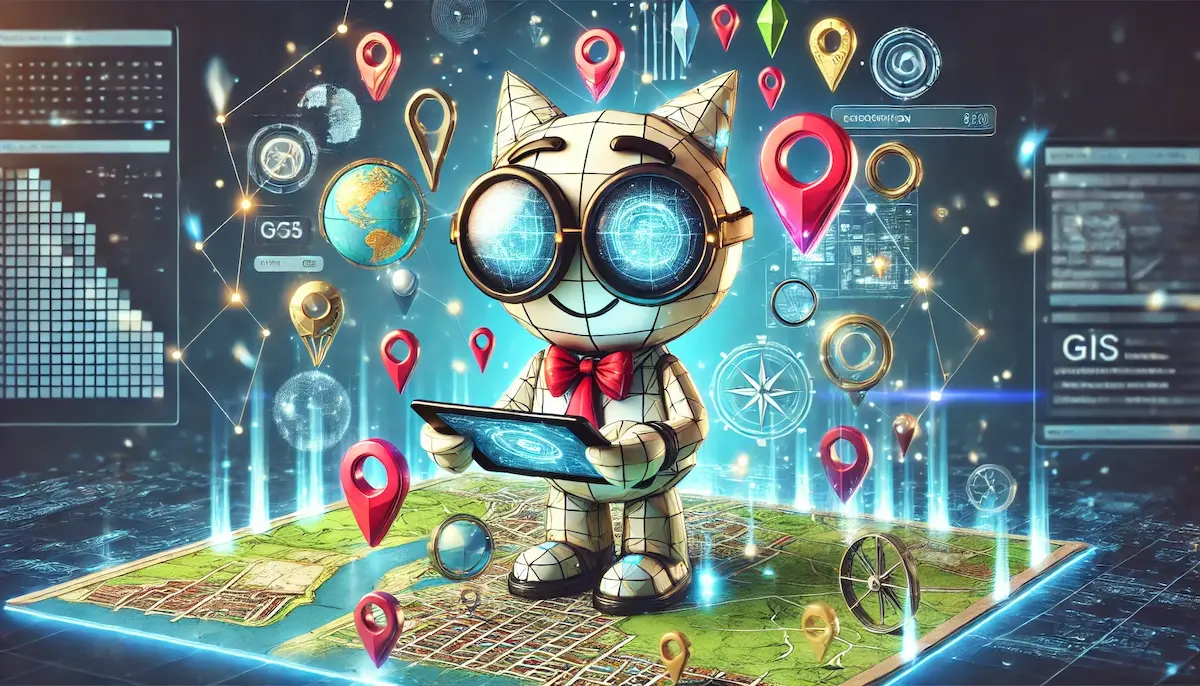Geographic Information System (GIS) mapping is a fascinating and incredibly useful technology that combines geography and data analysis. It allows us to visualize, question, analyze, and interpret data to understand relationships, patterns, and trends. Let’s dive into the world of GIS mapping and explore its significance, components, and applications.
What is GIS Mapping?
GIS mapping involves creating visual representations of data linked to geographic locations. Essentially, it’s a digital map that layers different types of data onto a base map, providing a comprehensive view of spatial information. This can include everything from environmental data to demographic statistics, all tied to specific locations on the globe.
Key Components of GIS
To fully appreciate GIS mapping, it’s important to understand its main components:
1. Hardware and Software
GIS relies on specialized hardware and software. The hardware includes powerful computers and servers that can process and store large datasets. The software, such as ArcGIS, QGIS, and MapInfo, provides the tools to create, analyze, and display geographic data.
2. Data
Data is the cornerstone of GIS. This can be spatial data, which represents the physical location of features, or attribute data, which describes characteristics of those features. Data can come from various sources, including satellite imagery, GPS, surveys, and existing maps.
3. People
GIS is driven by professionals who collect, analyze, and interpret data. These experts, known as GIS analysts or specialists, use their skills to turn raw data into meaningful insights.
4. Methods
The methodologies used in GIS involve data collection, analysis, and presentation. Techniques can vary depending on the project, but the goal is always to produce accurate, reliable maps that inform decision-making.
Applications of GIS Mapping
The applications of GIS mapping are vast and varied, spanning numerous fields:
1. Urban Planning
City planners use GIS to design urban spaces, manage zoning regulations, and plan infrastructure projects. It helps them visualize the current landscape and predict future developments.
2. Environmental Management
GIS is crucial in environmental conservation and management. It aids in tracking wildlife populations, monitoring deforestation, and managing natural resources.
3. Disaster Response
In emergency situations, GIS maps are essential for coordinating response efforts. They help in identifying affected areas, planning evacuation routes, and distributing aid.
4. Public Health
Public health officials use GIS to track the spread of diseases, plan healthcare services, and analyze health trends across different regions.
5. Transportation
GIS mapping helps in designing efficient transportation networks, managing traffic flows, and planning public transit systems.
The Future of GIS Mapping
The future of GIS mapping is bright and full of potential. With advancements in technology, such as artificial intelligence and machine learning, GIS will become even more powerful. These innovations will enable more precise data analysis, real-time mapping, and enhanced predictive modeling.
GIS mapping is a dynamic and transformative tool that continues to evolve. Whether it’s helping to plan our cities, protect our environment, or respond to emergencies, GIS plays a vital role in our world.
Blockfine thanks you for reading and hopes you found this article helpful.
